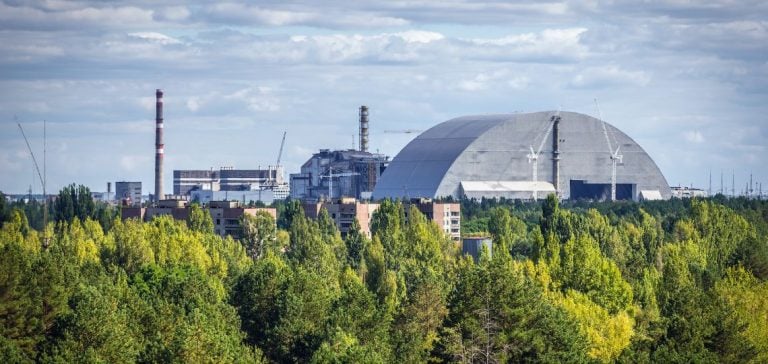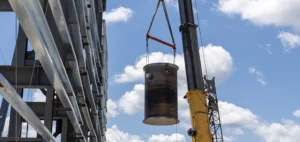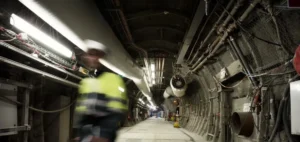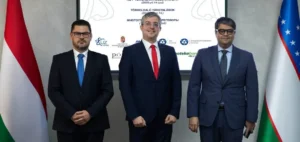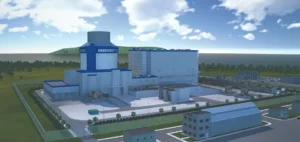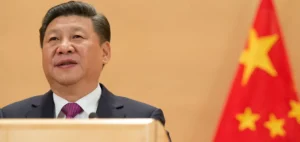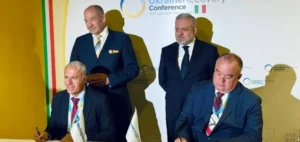The project to secure the initial shelter built around Chernobyl’s unit 4 after the 1986 accident enters a new phase. This step aims to determine which parts of the shelter require immediate dismantling and which need stabilization to ensure the site’s long-term safety.
The funding for this project is provided by the International Chernobyl Cooperation Account, with the goal of defining the scope of early deconstruction work for the shelter’s unstable structures. This approach also includes an initial cost estimate and allows the start of the design for the next stage, which encompasses the dismantling of fragile structures.
History and Project Objectives
The original shelter, often called the “sarcophagus,” was erected in just a few months after the accident to contain the radioactive materials of the destroyed unit. In the 1990s, the International Shelter Implementation Plan outlined three main phases: the stabilization of the initial structure, the construction of the New Safe Confinement (NSC) completed in 2017, and finally the dismantling and deconstruction.
The sarcophagus still contains the molten core of the reactor and approximately 200 tonnes of highly radioactive materials. The stability of this structure represents one of the main risks at the site. A project to reinforce the structure was carried out and completed in 2008, but the maximum lifespan of the stabilized structures was estimated until the end of 2023.
License Extension and Project Deadlines
Last year, the license for storing radioactive waste within the shelter was extended from 2023 to 2029. This extension imposes a deadline of 2025 for developing a new design aimed at dismantling “unstable structures with an unacceptably high probability of collapse,” and October 31, 2029, as the deadline for completing the dismantling.
According to the World Nuclear Association, the New Safe Confinement allows engineers to remotely dismantle the 1986 structure that has shielded the reactor remains from the weather since the weeks following the accident. This will facilitate the removal of fuel-containing materials at the bottom of the reactor building, their characterization, compaction, and packaging for disposal. This task is considered the most important step in eliminating the nuclear hazard at the site and marks the real beginning of the dismantling.
Features of the New Safe Confinement
The New Safe Confinement (NSC) is the largest movable land-based structure ever built, with a span of 257 meters, a length of 162 meters, a height of 108 meters, and a total weight of 36,000 tonnes. Designed for a lifespan of 100 years, it allows for the eventual dismantling of the 1986 makeshift shelter and the management of radioactive waste. The structure is also designed to withstand temperatures ranging from -43°C to +45°C, a class-three tornado, and an earthquake of magnitude 6 on the Richter scale.
International Collaboration and Technical Expertise
The International Chernobyl Cooperation Account was established in November 2020 by the European Bank for Reconstruction and Development (EBRD) at the request of the Ukrainian government to support a comprehensive plan for Chernobyl.
UTEM-Engineering LLC was selected as the consultant for this project. The work includes revising the criteria and requirements for the NSC infrastructure to support the dismantling of unstable structures in the shelter. This involves developing all necessary technical specifications, including for lifting equipment, systems for processing contaminated dismantled structures, their further transportation, as well as engineering and control systems for the second phase of the project. Additionally, extra radiation monitoring equipment, radiation-protected personnel transfer boxes, and other related documentation are planned.

